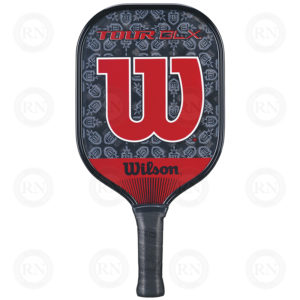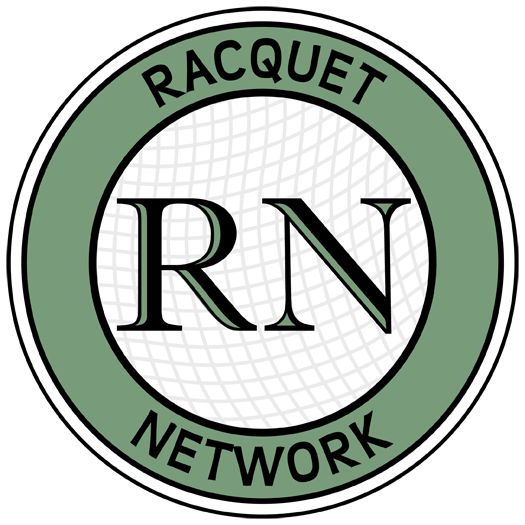
In fact, pickleball paddles do not have a sweet spot. The term “sweet spot” applies to stringed racquets. It is the part of the string bed that stretches to the maximum depth and then propels the ball forward using the stored energy in the strings. Since pickleball paddles are solid, they cannot have a sweet spot.
The closest one can come to a sweet spot on a pickleball paddle is the center of mass. The center of mass is a point representing the mean position of the matter in a body or system.
On a pickleball paddle the centre of massed is a fixed and mathematically definable point. It cannot be made larger or smaller. Therefore it is not possible for one paddle to have a larger sweet spot than any other.
In order to harness the maximum amount of mass and energy available on any shot, the striker must hit the ball with the paddle’s center of mass. The further away from the center that contact is made, the more energy will be lost.
Hitting the ball with the paddle’s center of mass becomes more important as paddles become lighter. Since lighter paddles have less mass, off center hits are weaker. The more off center they are, the weaker the shot becomes.
With heavy paddles, off center hits are less of an issue. If a paddle is heavy enough, even shots that come from near the outer edge of the paddle will still harness a significant amount of energy, which is exactly why we recommend heavier paddles for beginners.
Players who want to maximize the transfer of energy into the ball through a paddle’s center of mass will have to practice hitting the ball in the mathematical center of the paddle. Those who can only do this inconsistently (beginners) should opt for heavier pickleball paddles.
